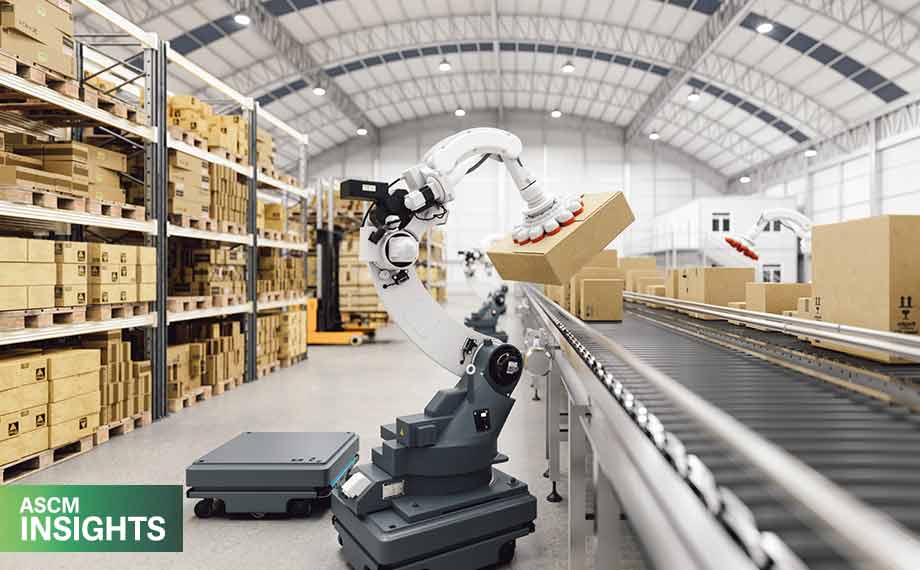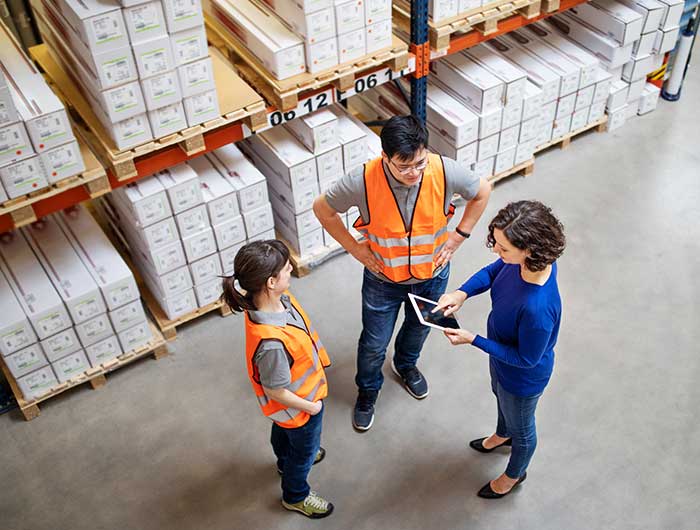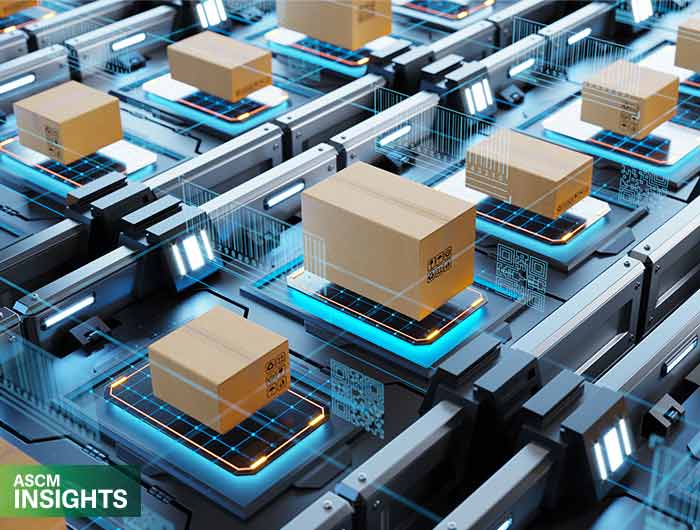The landscape of warehouse operations is undergoing a significant transformation, largely due to the adoption of intralogistics technologies driven by autonomous tools and the internet of things (IOT). In a period marked by persistent labor shortages and escalating e-commerce demands, these innovative solutions are revolutionizing how goods are moved, stored and retrieved within warehouses, leading to enhanced efficiency, productivity and sustainability while addressing critical workforce challenges.
What is intralogistics in supply chain management?
Intralogistics is a critical component of supply chain management, as it directly affects the efficiency and effectiveness of warehouse operations. It refers to the internal logistics processes within a warehouse, including the planning, control and optimization of material flow — from receiving and storing to picking, packing and shipping. Intralogistics relies on innovative technologies to streamline operations, improve efficiency and reduce costs.
Traditionally, warehouse operations have relied heavily on manual labor and outdated technology. Companies using this approach often struggle to meet the demands of modern supply chains, which require speed, accuracy and flexibility. Autonomous and IOT-based intralogistics systems offer a solution by automating repetitive tasks, improving workflows and improving data-driven decision-making.
The benefits of integrating automation and the IOT
One of the key benefits of these technologies is increased efficiency. Autonomous mobile robots (AMRs) can navigate warehouse environments autonomously, transporting goods to various locations without human intervention. This reduces labor costs, minimizes errors, and improves overall productivity. Automated storage and retrieval systems (AS/RS) optimize storage and retrieval processes, maximizing space and minimizing picking times.
Beyond AMRs and AS/RS, the integration of AI enables robots to manage a more diverse array of tasks, adapting to evolving warehouse environments in real-time. This includes advancements in collaborative robots that work seamlessly alongside human workers on tasks requiring both precision and human dexterity. Amazon's Kiva robots, now known as Amazon Robotics, are a prime example of how autonomous technology can revolutionize warehouse operations. These robots transport shelves of products to workers, significantly reducing the time it takes to fulfill orders.
IOT devices enable real-time monitoring and control of warehouse operations. By collecting and analyzing data from sensors and other devices, businesses can identify bottlenecks, optimize resource allocation and make data-driven decisions. For example, IOT-enabled inventory management systems can track product movement in real-time, preventing stockouts and overstock situations. Furthermore, IOT devices can enhance safety by monitoring environmental conditions, detecting anomalies and triggering alerts. This proactive approach helps prevent accidents and ensure a safe working environment for warehouse personnel.
When combined, autonomous and IOT technologies create a powerful synergy that drives operational excellence. For instance, AMRs equipped with IOT sensors can communicate with warehouse management systems to optimize routes and avoid traffic congestion. This integration leads to improved efficiency and lower operational costs.
The people involved
As automation and the IOT transform warehouse operations, the benefit to the humans involved is a crucial point. These technologies empower employees by freeing them from repetitive and physically demanding tasks, allowing them to focus on higher-value activities such as problem-solving, innovation and customer service. Additionally, data-driven insights generated by these technologies can help warehouse managers make informed decisions, such as refining staffing levels and improving inventory management. By leveraging the strengths of both human and machine intelligence, warehouses can achieve optimal performance.
Warehouse of the future
The future of warehouse operations is bright, with autonomous- and IOT-driven intralogistics systems paving the way for a more efficient, sustainable and customer-centric industry. As technology continues to advance, expect to see even more innovative solutions emerge, such as autonomous drones for inventory management, AI-powered predictive analytics for demand forecasting, and AI driving adaptive robotics and real-time decision-making for complex tasks. Also look for robotics-as-a-service models that lower adoption barriers, plus the increased use of digital twins for simulating and optimizing entire warehouse operations before physical implementation. The rapid growth of micro-fulfillment centers in urban areas, driven by automation and IOT, is also reshaping last-mile delivery.
Warehouse expertise achieved
While the benefits are clear, successfully integrating these advanced technologies requires careful planning. Companies are increasingly focused on navigating initial investment costs and ensuring seamless integration with existing systems to unlock the full potential of these transformative solutions. By strategically incorporating these technologies and adopting a data-driven approach, warehouse operators can unlock the full potential of their operations. The journey toward a fully automated and intelligent warehouse is underway, and the benefits are clear: increased efficiency, reduced costs, improved safety and enhanced customer satisfaction.
Invest in a supply chain warehousing certificate for your team so you can master these advancements, perfect inventory operations and gain a competitive edge in the warehouse of the future.
Editor’s note: This article summarizes key takeaways from “Autonomous and IOT-Driven Intralogistics for Industry 4.0 Warehouses” by Abhay K. Grover and Muhammad Hasan Ashraf. The original article was published in the Transportation Journal, which ASCM members can access to read all the latest industry research.



